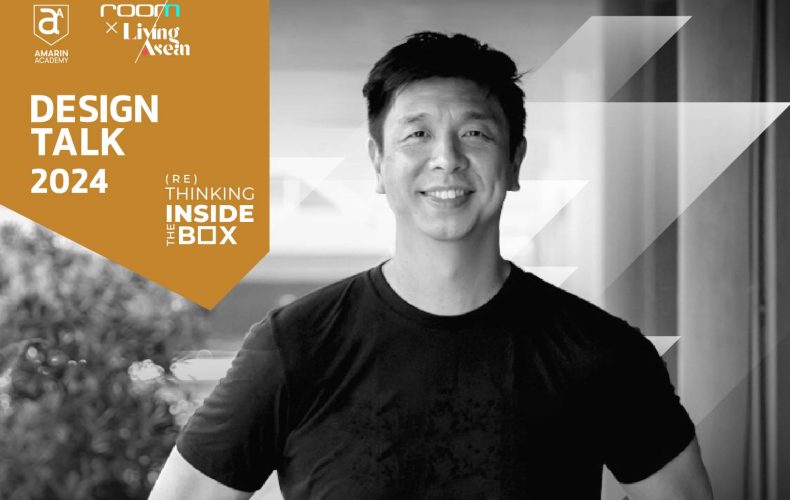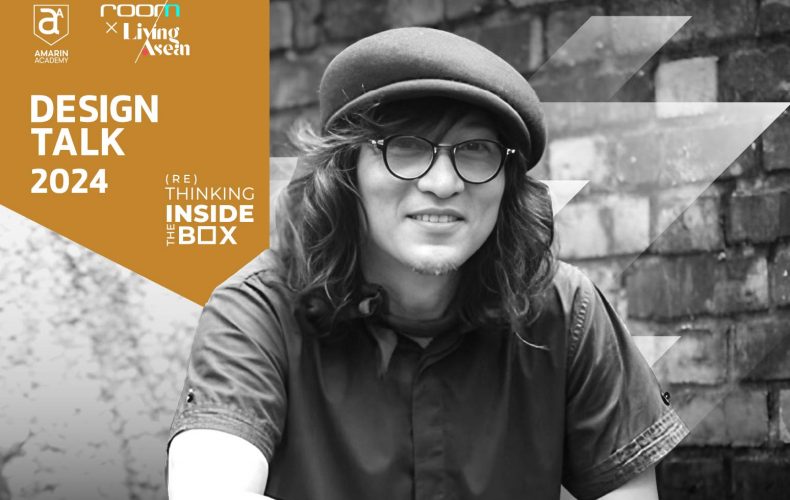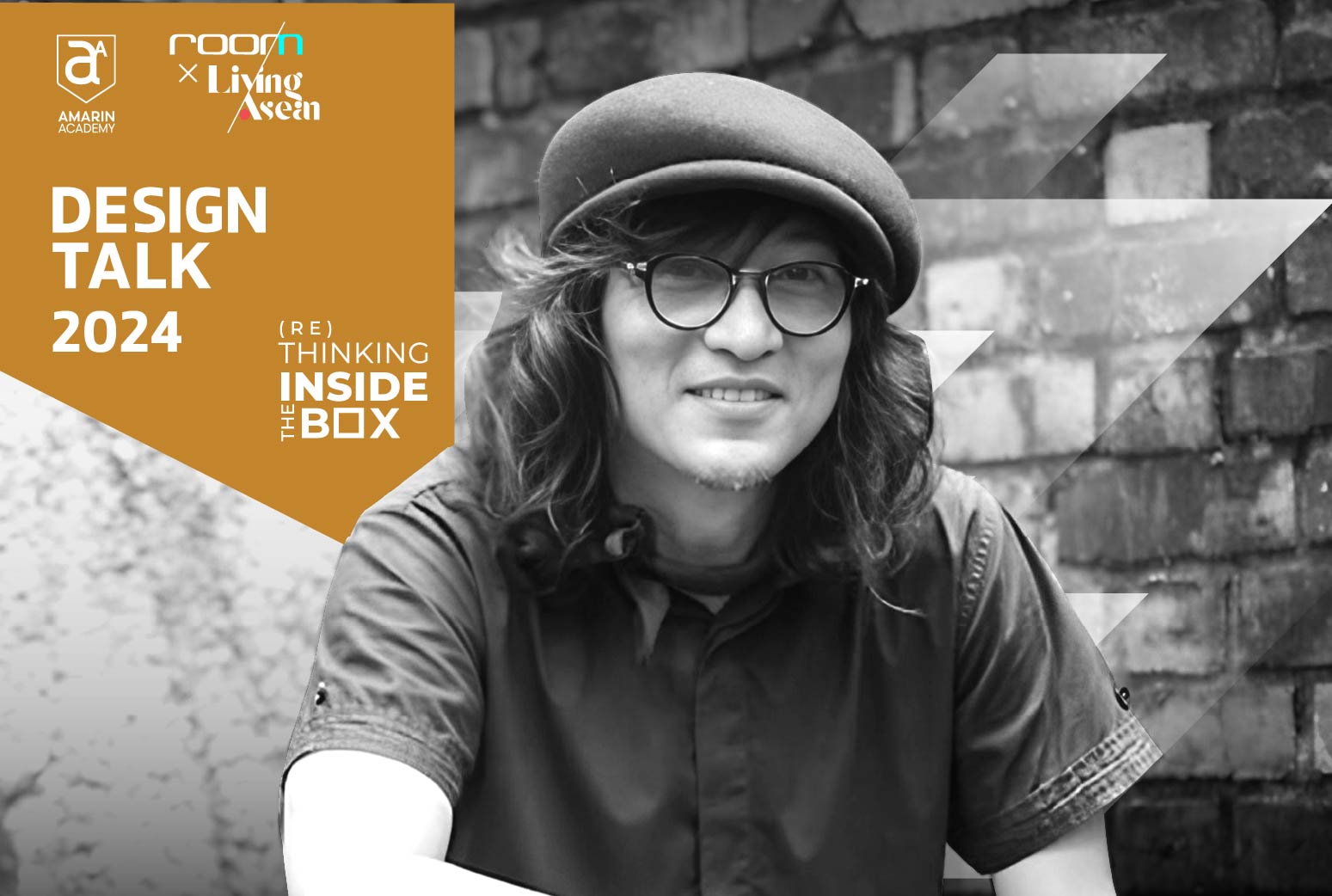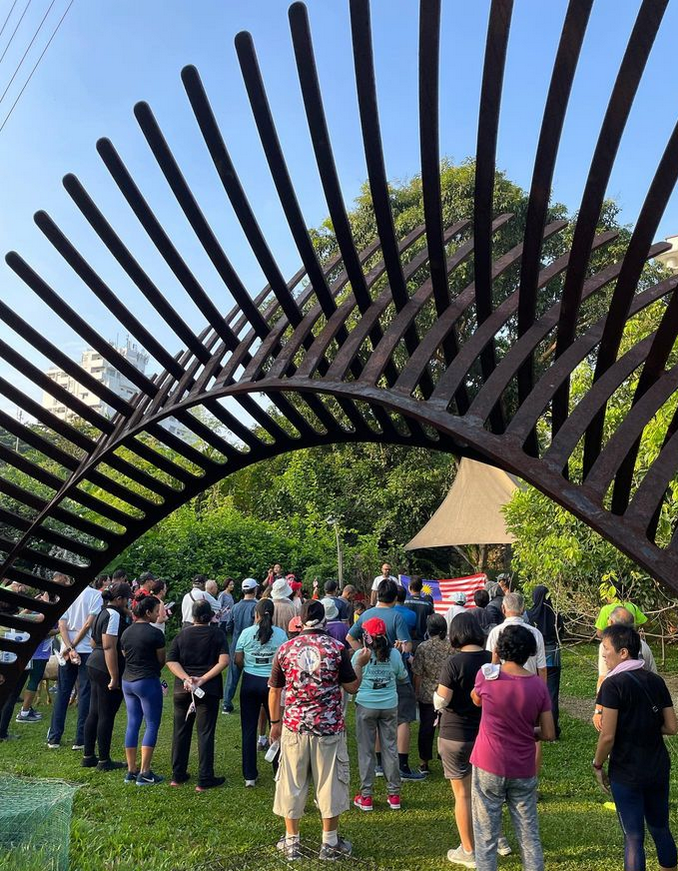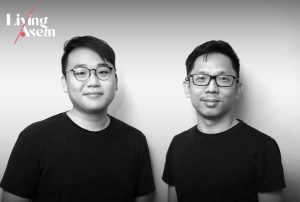/ Bangkok, Thailnd /
/ Story: Lily J. / English version: Bob Pitakwong /
/ Photographs: Courtesy of CHAT Architects /
Chatpong Chuenrudeemol, of CHAT Architects, Thailand, is an architect and researcher renowned for what he called “Bangkok Bastards”, a project that investigated unsightly urban areas, such as construction site camps, inner-city slums and retail stalls abandoned and reclaimed by nature. Rethinking them from a new perspective, he was able to restore them to life in an interesting way.
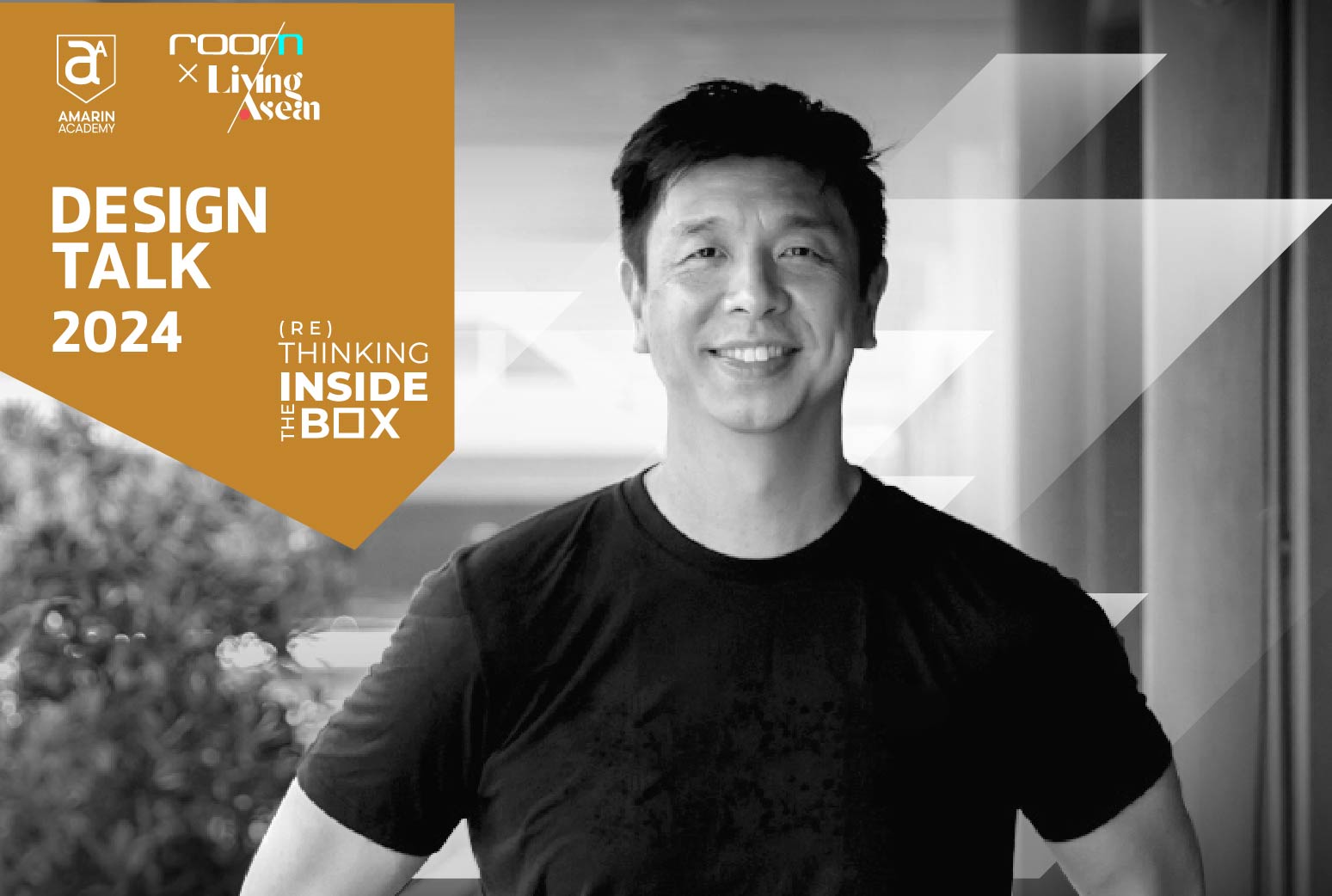
Outstanding products of “Bangkok Bastards” included the Samsen Street Hotel, a downtown lodging inspired by scaffolding wooden planks and metal poles on the outside of a building. Together they gave rise to exciting new design bearing some resemblance to the raised platforms attached to a building during construction.
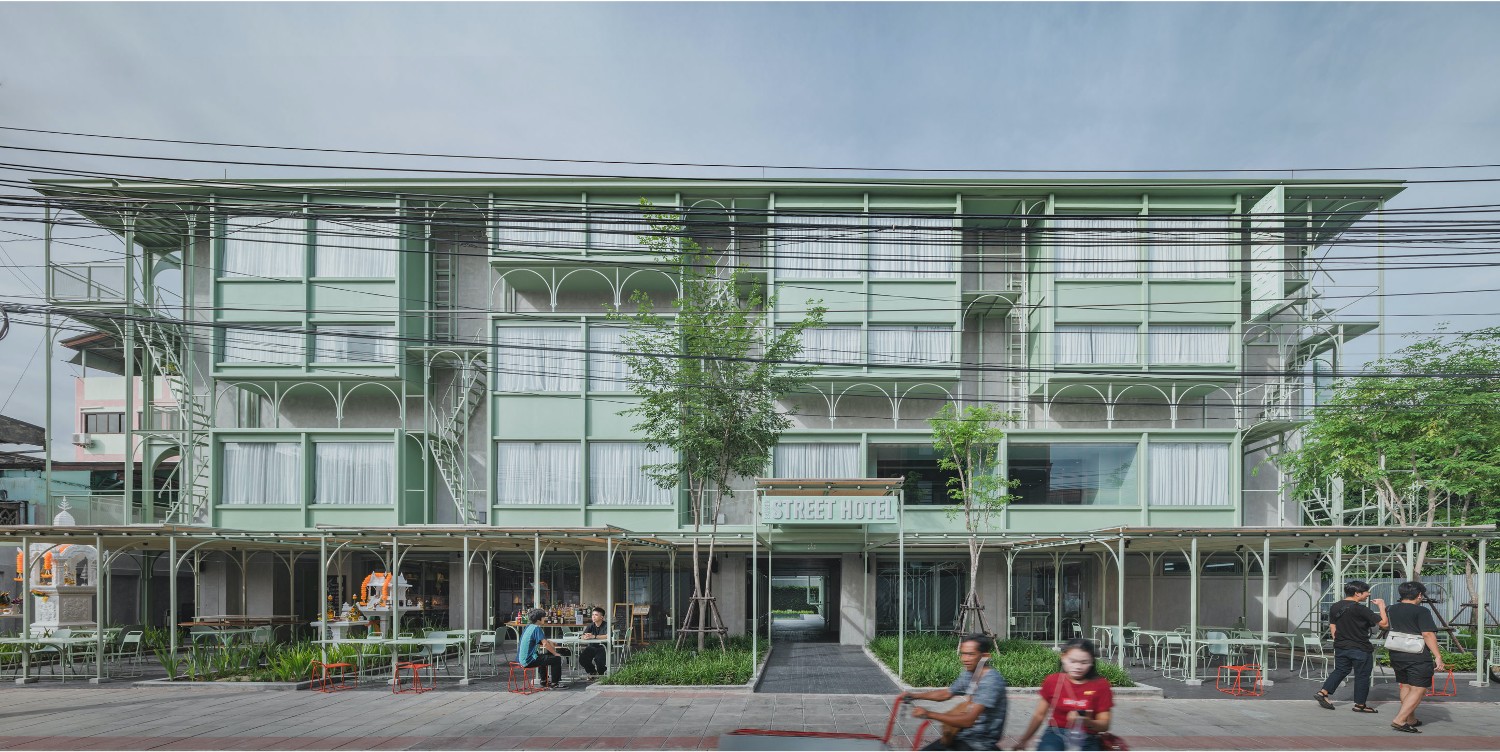
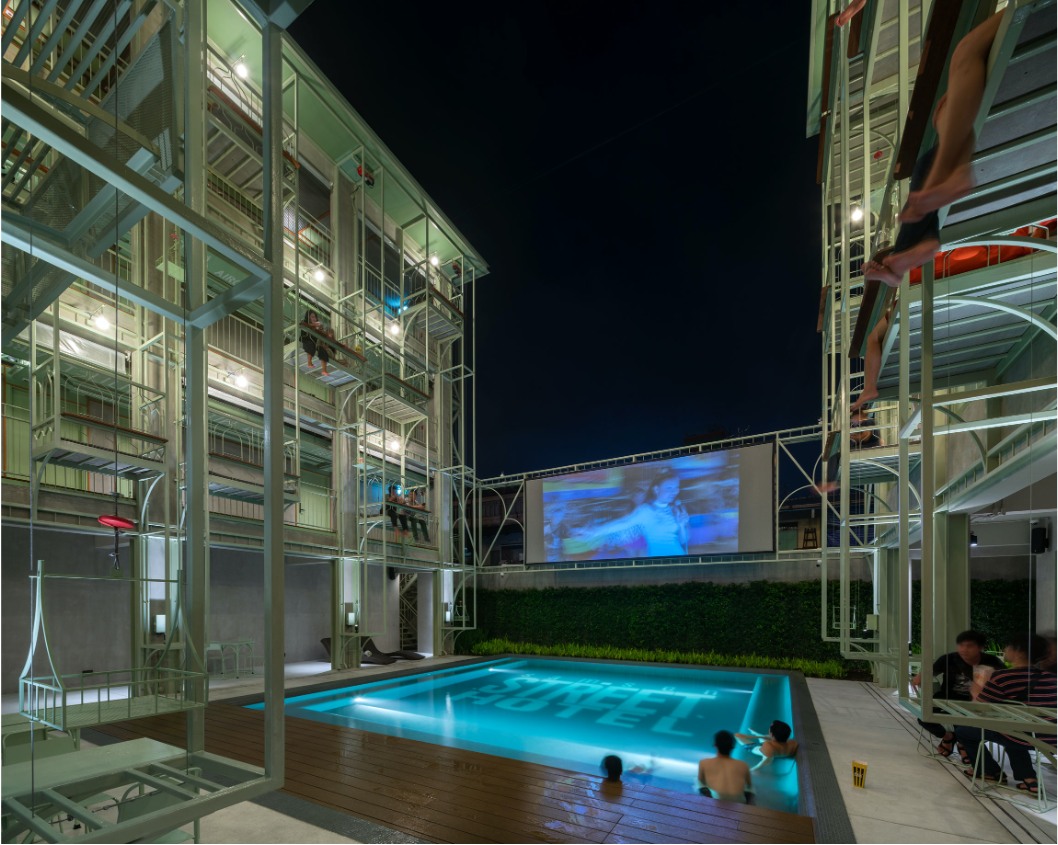
In a way, the Samsen Street Hotel is a revelation of previously unseen aspects of building design, a conceptualization that culminates in a thorough change in the form, character and experience in a very open and visible way. Taken as a whole, it’s a piece of architecture designed to promote social interactions, a community hub for hosting events and spaces for people to meet in the Samsen Street neighborhood. That’s not all. He also has other projects in the making, basically focusing on reuse and rethink as ways to create places of higher quality than he found it.
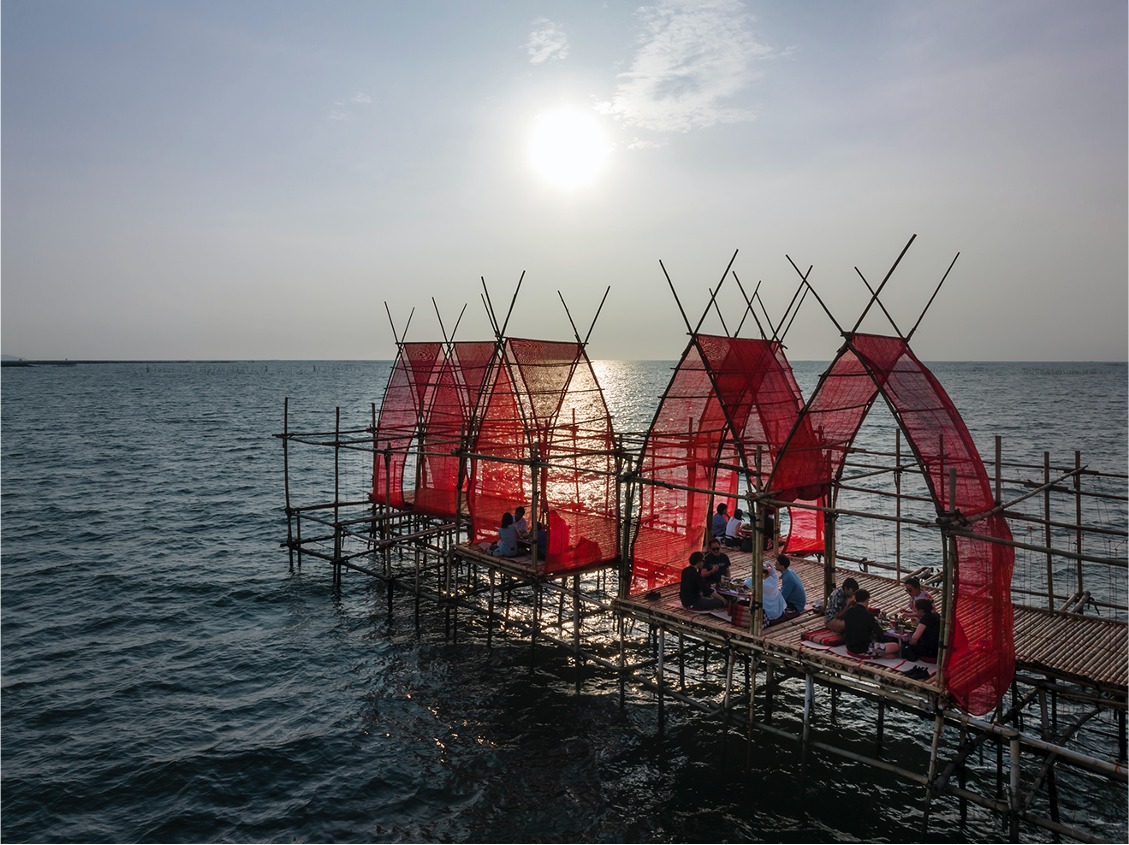
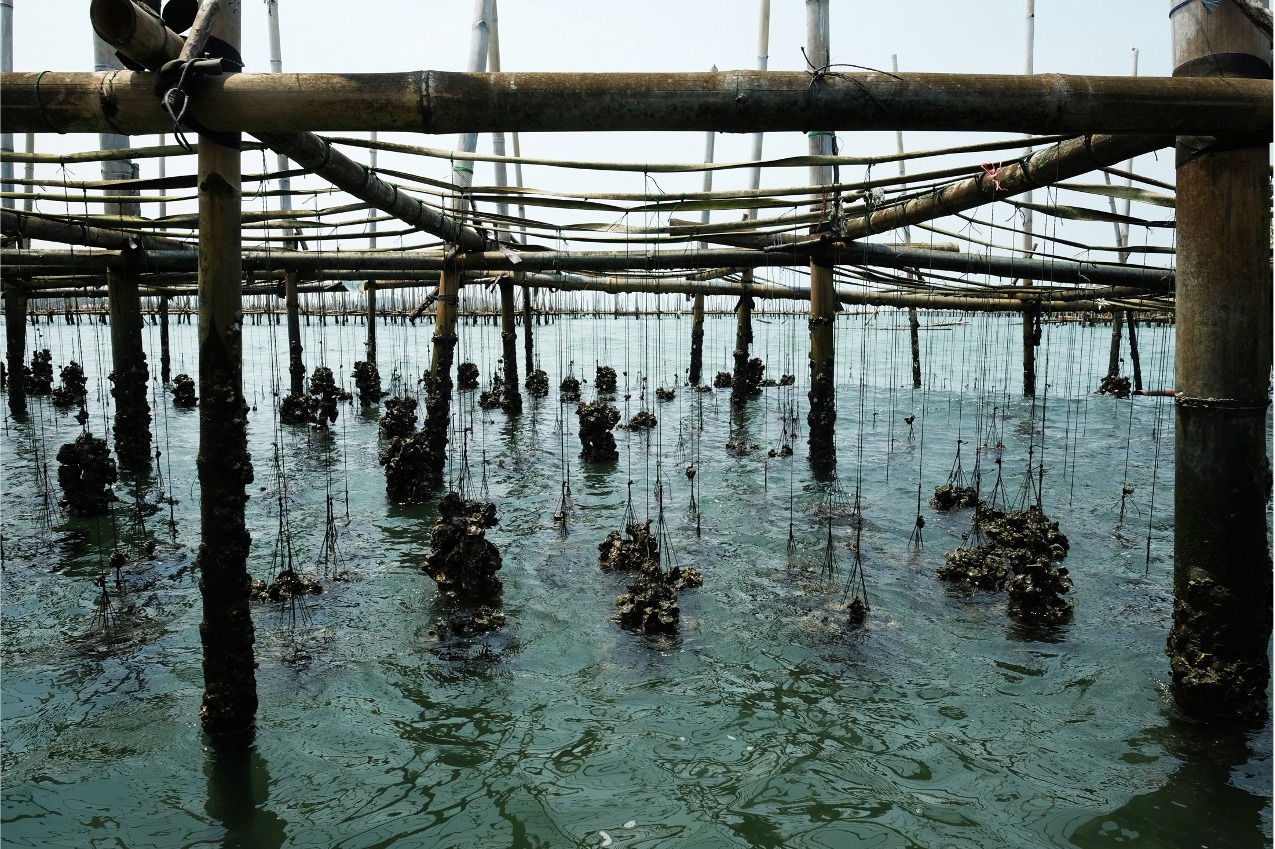
A little bit about Chatpong Chuenrudeemol
Chatpong is founder of CHAT Architects and winner of the 2020 Silapathorn Award in Architecture.
After completing his master’s degree at Harvard University’s School of Architecture, Chatpong returned to Thailand where he set up a business called CHAT Architects. He was very interested in architectural styles that reflected the true values, experience and the way of life of ordinary people. His research in urban planning and development was inspired by a feeling of wanting to know more about happenings in the street. They included events in the community, construction site camps and deserted retail stalls, to name but a few. Their untidy outward appearances belied the quality of being honest and truthful to others.
Like everything else, the buildings built by non-architects based on local needs and available materials deserved a second chance. So, it’s up to the architect to rethink them from a different point of view and put them to good use once more. After all, there is value in everything.
(Re)Thinking inside the Box is a series of discussion events focusing on the issues abovementioned. It’s all a matter of perspective about what can be done to address the problem of limited living space in the city. It’s a forum for people to explore new possibilities and look at the problem from within, thereby turning a challenge into a solution. Hence, the title is (Re)Thinking inside the Box, as an alternative to outside-the-box thinking.
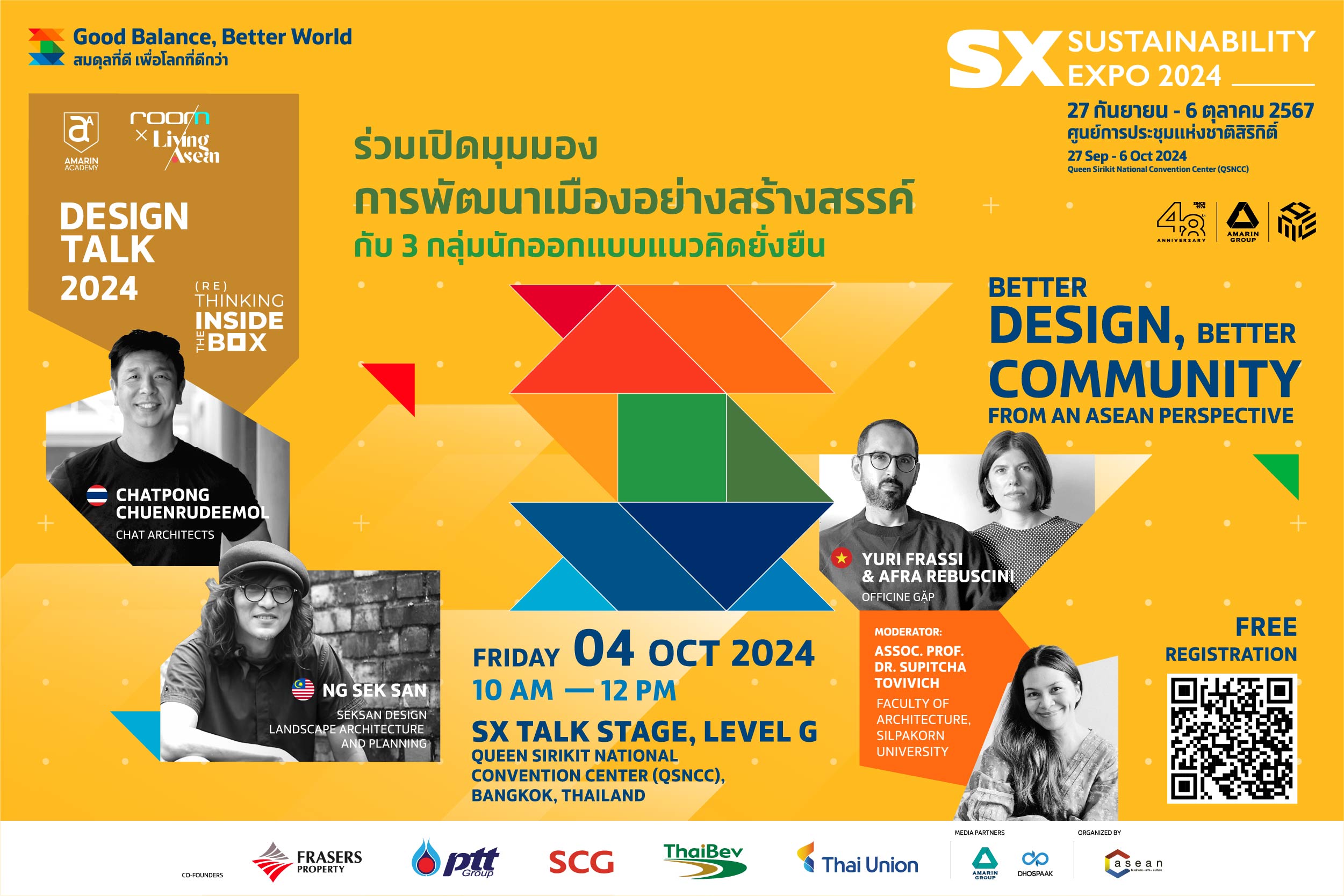
You may also like…
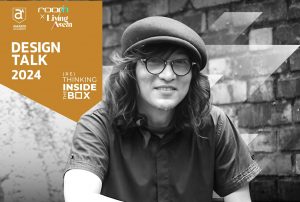 Turning Neglected Areas into Lush Nurturing Urban Spaces
Turning Neglected Areas into Lush Nurturing Urban Spaces
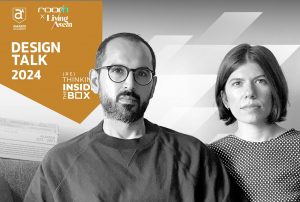 Sustainable Living in a Narrow Space: Reinterpreting Narrowness along More Creative Lines
Sustainable Living in a Narrow Space: Reinterpreting Narrowness along More Creative Lines

